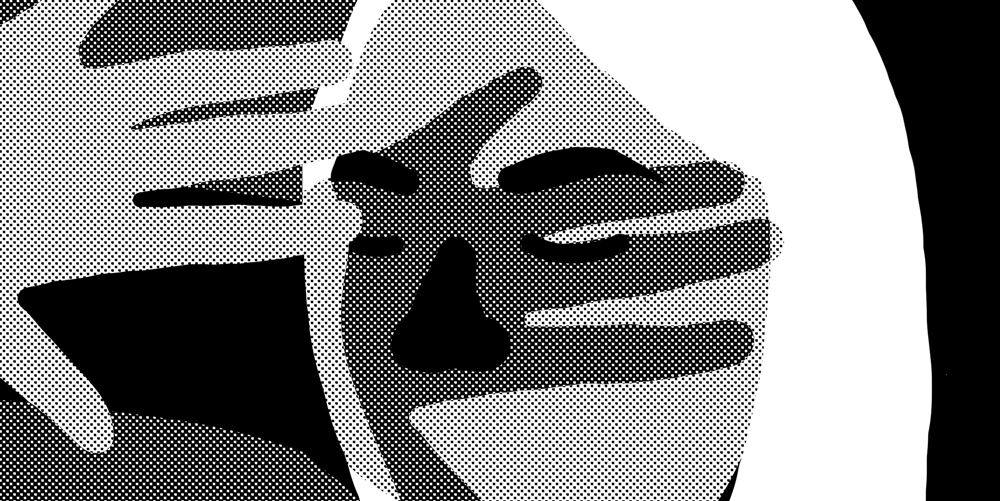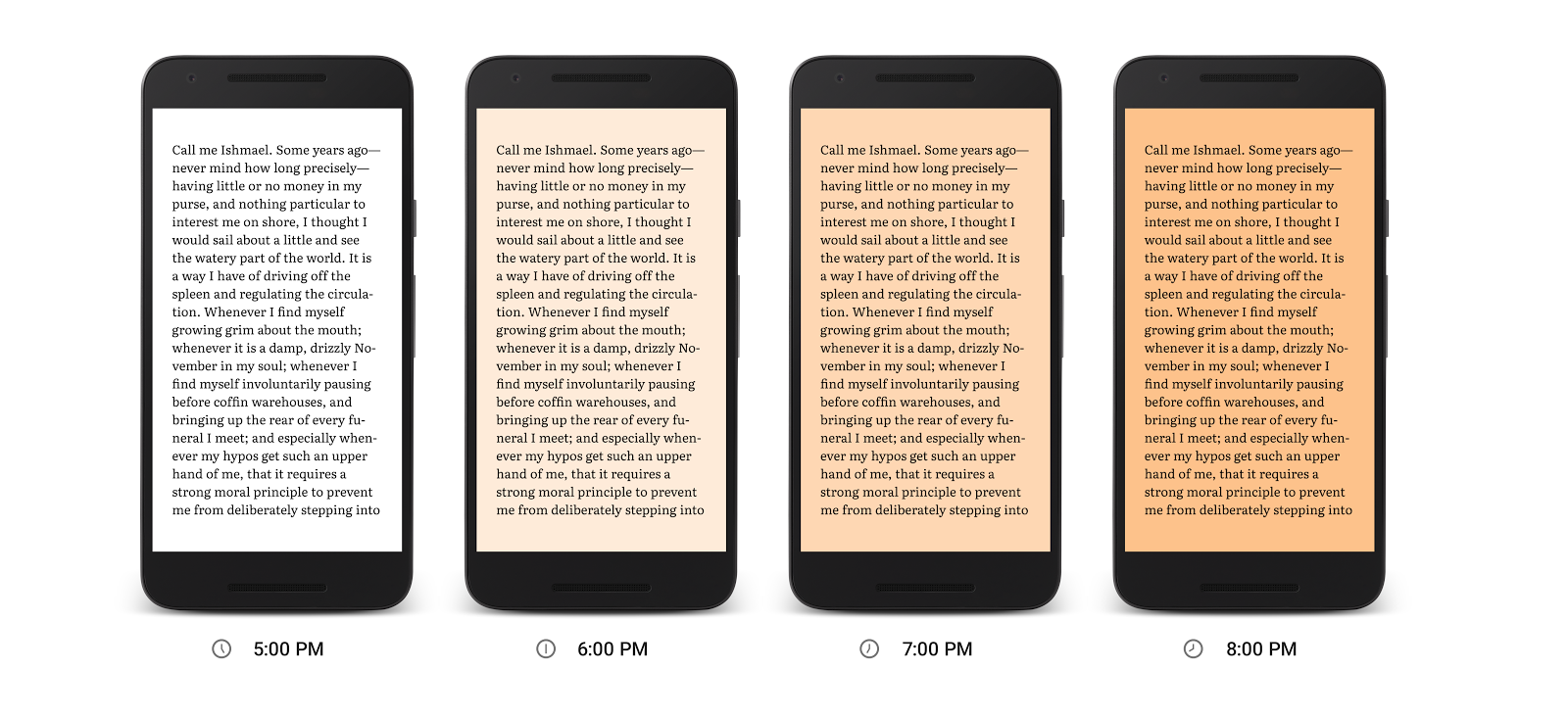Computer user corner: melatonin and screens
Computing devices of all sizes - from a desktop computer to a smart watch - over the past decade have penetrated the lives of most people. Many start a new day with reading news feeds and social networking, and end it as well. And if in the morning hours and daytime hours such behavior is harmless to the body, then in the hours before bedtime it not only worsens it, but, in the long run, it also worsens health.

Many physiological processes in living organisms follow a 24-hour cycle. These cycles are called circadian (from the Latin "circa dies", which means "around the day"). Circadian rhythms affect the cycle of sleep and wakefulness, hormone levels, body temperature, heartbeat, digestion, and other functions. Circadian rhythms are consistent with the "biological clock" - the accumulation of cells in the hypothalamus ("hypo" - under, "thalamus" - thalamus, the name of a section of the brain) called the suprachiasmatic nucleus ("supra" - above, "chiasma" - the name of the optic chiasm) .
The primary reference point for the "biological clock" is light. In addition to cones and rods, there is a third type of cell on the retina: melanopsin-containing ganglion cells. They transmit via the nerve canal, called the retino-hypothalamic pathway (“retina”), information about the illumination of the environment into the suprachiasmatic nucleus. This process is not related to vision and therefore works for some blind people . When it gets dark, the nucleus, in turn, sends a signal to the pineal gland (epiphysis) to produce the hormone melatonin, formed from the neurotransmitter serotonin (hence the name formed by the combination of the words “melas” - black + serotonin). An increase in melatonin levels leads to sleep. During the day, melatonin secretion is suppressed from light entering the retina, which leads to increased alertness and attention.
')

There are numerous scientific evidence that circadian rhythm disturbances are associated with increased mortality, cancer, diabetes, cardiovascular diseases, obesity, gastrointestinal disorders, immune disorders, mental disorders, depression, memory impairment and learning deficits. The most malicious "violators" of circadian rhythms are work in night, early morning shifts and on a flexible schedule and frequent flights between time zones. The International Agency for Research on Cancer, a member of WHO, concluded in 2007 on the basis of experimental studies that "a decrease in the level of melatonin at night increases the incidence or growth of tumors, " and counted work in a shift mode, leading to a disruption of the circadian rhythm, to probable carcinogens (that is, to group 2A).
However, the different colors of the light spectrum affect the production of melatonin and, as a result, the circadian rhythms, in different ways. Stronger than all production suppresses light blue, with a long wavelength of about 450 nm. The spectrum of all the light sources used by people until recently - from bonfires to incandescent bulbs - is shifted towards the red color, so there was no problem disturbing circadian rhythms. The newest light sources, such as fluorescent and diode lamps for the most part, as well as screens of all types, emit mostly blue light .
Scientific research in 2014 revealed that the use of tablet computers before bedtime
All this is true to varying degrees with respect to all devices with screens, with the exception of electronic ink-based devices (e-books) when used without backlighting.
The f.lux application automatically changes the shade of the device screens with the setting of the Sun depending on the location and cuts the blue emission spectrum, restoring the shade with sunrise. The change is smooth and subtle. Also, users can customize the mode of the program under a certain time.

f.lux works on Linux, Windows, OS X, Android and iOS. To install f.lux on wearable devices, their operating systems need to be hacked. In the case of Android, you need to get root access to the system. According to the f.lux developers , existing Android applications do not work as efficiently as they require root access. Therefore, another option for Android users is to install CyanogenMod , which includes the LiveDisplay feature, whose work is similar to f.lux.
In the case of iOS, you need to produce a jailbreak. Another option for iOS users with access to OS X is to deploy (side-load) f.lux (or its GoodNight equivalent ) using Xcode. 7 years after the release of the first version of f.lux, Apple will add the Night Shift feature, which performs the same role as f.lux, in the upcoming iOS update, 9.3. However, it will be available only for devices with 64-bit architecture, that is, currently produced, and will be turned off in power saving mode.
For more information about melatonin and the effects of exposure on its production for health, see Vladimir Anisomova’s article “The Chronometer of Life ” from the journal Nature .
See also:
Computer user corner: the secret of correspondence
Computer User Corner: Civic Activism

Many physiological processes in living organisms follow a 24-hour cycle. These cycles are called circadian (from the Latin "circa dies", which means "around the day"). Circadian rhythms affect the cycle of sleep and wakefulness, hormone levels, body temperature, heartbeat, digestion, and other functions. Circadian rhythms are consistent with the "biological clock" - the accumulation of cells in the hypothalamus ("hypo" - under, "thalamus" - thalamus, the name of a section of the brain) called the suprachiasmatic nucleus ("supra" - above, "chiasma" - the name of the optic chiasm) .
The primary reference point for the "biological clock" is light. In addition to cones and rods, there is a third type of cell on the retina: melanopsin-containing ganglion cells. They transmit via the nerve canal, called the retino-hypothalamic pathway (“retina”), information about the illumination of the environment into the suprachiasmatic nucleus. This process is not related to vision and therefore works for some blind people . When it gets dark, the nucleus, in turn, sends a signal to the pineal gland (epiphysis) to produce the hormone melatonin, formed from the neurotransmitter serotonin (hence the name formed by the combination of the words “melas” - black + serotonin). An increase in melatonin levels leads to sleep. During the day, melatonin secretion is suppressed from light entering the retina, which leads to increased alertness and attention.
')

There are numerous scientific evidence that circadian rhythm disturbances are associated with increased mortality, cancer, diabetes, cardiovascular diseases, obesity, gastrointestinal disorders, immune disorders, mental disorders, depression, memory impairment and learning deficits. The most malicious "violators" of circadian rhythms are work in night, early morning shifts and on a flexible schedule and frequent flights between time zones. The International Agency for Research on Cancer, a member of WHO, concluded in 2007 on the basis of experimental studies that "a decrease in the level of melatonin at night increases the incidence or growth of tumors, " and counted work in a shift mode, leading to a disruption of the circadian rhythm, to probable carcinogens (that is, to group 2A).
However, the different colors of the light spectrum affect the production of melatonin and, as a result, the circadian rhythms, in different ways. Stronger than all production suppresses light blue, with a long wavelength of about 450 nm. The spectrum of all the light sources used by people until recently - from bonfires to incandescent bulbs - is shifted towards the red color, so there was no problem disturbing circadian rhythms. The newest light sources, such as fluorescent and diode lamps for the most part, as well as screens of all types, emit mostly blue light .
Scientific research in 2014 revealed that the use of tablet computers before bedtime
- reduces melatonin production by 55%
- increases the time required for falling asleep by 10 minutes,
- reduces sleep quality due to the shortening of the phase of rapid eye movement by 10%,
- in the morning shifts the time of the onset of the state of vigilance for several hours (otherwise it comes almost immediately),
- shifts daily rhythm by 90 minutes.
All this is true to varying degrees with respect to all devices with screens, with the exception of electronic ink-based devices (e-books) when used without backlighting.
The f.lux application automatically changes the shade of the device screens with the setting of the Sun depending on the location and cuts the blue emission spectrum, restoring the shade with sunrise. The change is smooth and subtle. Also, users can customize the mode of the program under a certain time.

f.lux works on Linux, Windows, OS X, Android and iOS. To install f.lux on wearable devices, their operating systems need to be hacked. In the case of Android, you need to get root access to the system. According to the f.lux developers , existing Android applications do not work as efficiently as they require root access. Therefore, another option for Android users is to install CyanogenMod , which includes the LiveDisplay feature, whose work is similar to f.lux.
In the case of iOS, you need to produce a jailbreak. Another option for iOS users with access to OS X is to deploy (side-load) f.lux (or its GoodNight equivalent ) using Xcode. 7 years after the release of the first version of f.lux, Apple will add the Night Shift feature, which performs the same role as f.lux, in the upcoming iOS update, 9.3. However, it will be available only for devices with 64-bit architecture, that is, currently produced, and will be turned off in power saving mode.
For more information about melatonin and the effects of exposure on its production for health, see Vladimir Anisomova’s article “The Chronometer of Life ” from the journal Nature .
See also:
Computer user corner: the secret of correspondence
Computer User Corner: Civic Activism
Source: https://habr.com/ru/post/368117/
All Articles